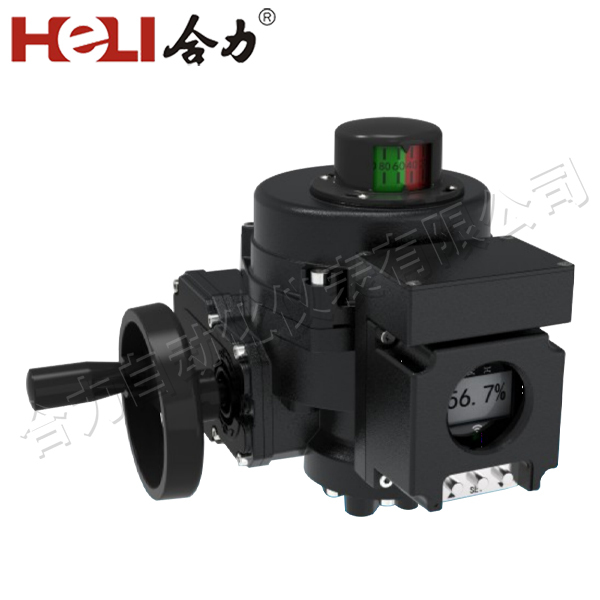Hydrogen energy is increasingly being recognized as a viable alternative to traditional fossil fuels, offering a clean and sustainable energy solution for various sectors. The role of hydrogen in modern energy systems is growing, and with this expansion comes the necessity for efficient and safe electrical installations. These installations are integral to the production, storage, conversion, and distribution of hydrogen energy. This article delves into the key considerations, technologies, and challenges involved in hydrogen energy electrical installations.

The Basics of Hydrogen Energy

Hydrogen energy involves the use of hydrogen as a fuel to produce power. Hydrogen, being the lightest and most abundant element in the universe, can be harnessed in different ways, including through hydrogen fuel cells, electrolysis, and combustion. One of the most environmentally friendly methods of producing hydrogen is through water electrolysis, where electricity is used to split water into hydrogen and oxygen. This method is particularly efficient when powered by renewable sources such as wind or solar energy. Once produced, hydrogen can be stored in various forms, such as compressed gas, liquid hydrogen, or in solid form in chemical compounds. Hydrogen fuel cells, on the other hand, combine hydrogen with oxygen to produce electricity, emitting only water and heat as byproducts, making them an excellent source of clean energy.
